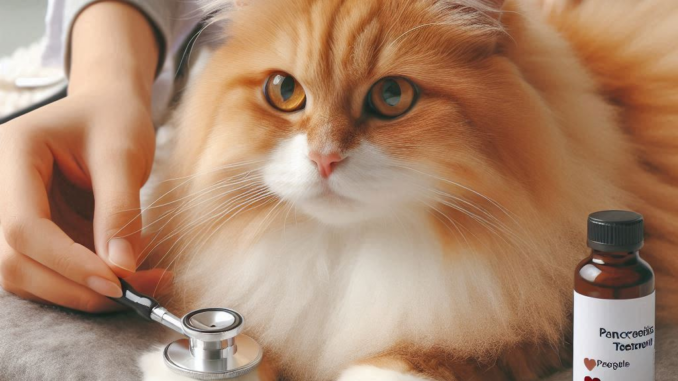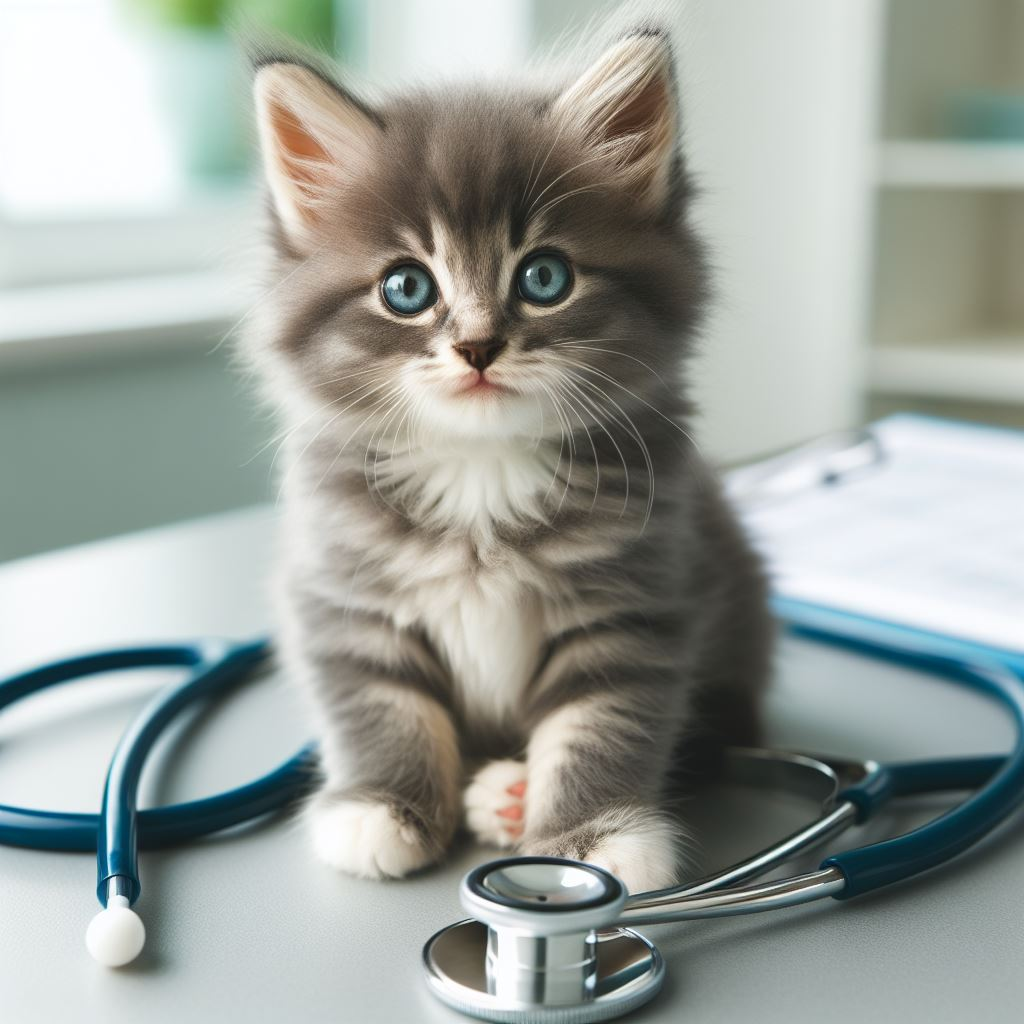
What to Feed a Cat with Pancreatitis Guide
When your furry friend is diagnosed with pancreatitis, figuring out the right diet can feel overwhelming. As a cat owner who’s been through this journey, I understand the worry and confusion that comes with trying to help your pet get better. In this post, we’ll explore the best foods for cats with pancreatitis, along with tips to make mealtime easier for both you and your feline companion.
Quick Answer
Cats with pancreatitis should eat a diet that’s high in protein, low in fat, and easily digestible. Opt for wet food or homemade meals with lean meats like chicken or turkey, and avoid high-fat foods. Always consult your vet for personalized advice.
My Personal Experience with Feline Pancreatitis
A few years ago, my cat Whiskers was diagnosed with pancreatitis. I remember feeling lost and scared, not knowing how to help him feel better. The vet gave us a lot of information, but it was still hard to figure out what to feed him. Through trial and error, we found a diet that worked, and I’m happy to share what I learned to help other cat parents in the same boat.
“Watching Whiskers struggle to eat was heartbreaking,” I told my friend Sarah. “But once we found the right food, it was like seeing a whole new cat!”
Understanding Pancreatitis in Cats
Before we dive into food options, let’s talk about what pancreatitis actually is. Pancreatitis happens when a cat’s pancreas gets inflamed. The pancreas is super important because it makes enzymes that help digest food and hormones that control blood sugar.
When a cat has pancreatitis, their pancreas gets irritated and swollen. This can cause a bunch of problems, like:
- Tummy pain
- Not wanting to eat
- Throwing up
- Feeling tired all the time
- Diarrhea or constipation
That’s why feeding the right food is so important. The goal is to give your cat nutrients without making their pancreas work too hard.
Key Factors in Choosing Food for Cats with Pancreatitis
When picking out food for a cat with pancreatitis, there are a few big things to keep in mind:
1. Protein Content
Cats are meat-eaters by nature, so protein is super important. Look for foods with high-quality protein sources like chicken, turkey, or fish. These are easier for cats to digest and help keep their muscles strong.
2. Fat Content
This is a tricky one. Cats need some fat in their diet, but too much can make pancreatitis worse. Aim for foods that are lower in fat than regular cat food. Your vet can help you figure out the right amount for your cat.
3. Digestibility
Cats with pancreatitis often have sensitive tummies. Foods that are easy to digest can help reduce strain on the pancreas. Look for terms like “highly digestible” or “easily digestible” on the label.
4. Moisture Content
Wet food or foods with higher moisture content can be easier on your cat’s system. Plus, it helps keep them hydrated, which is super important when they’re not feeling well.
Best Types of Food for Cats with Pancreatitis
Now that we know what to look for, let’s talk about some specific types of food that can be good for cats with pancreatitis:
1. Prescription Diets
Many vets recommend special prescription diets for cats with pancreatitis. These are made specifically to be easy on the pancreas and provide balanced nutrition. Some popular options include:
- Hill’s Prescription Diet i/d Digestive Care
- Royal Canin Veterinary Diet Gastrointestinal Low Fat
- Purina Pro Plan Veterinary Diets EN Gastroenteric
These foods are carefully formulated to be low in fat and easy to digest. They can be a bit pricey, but many cat owners find them worth it for managing pancreatitis.
2. Wet Food
Regular wet cat food can be a good choice if you pick the right kind. Look for options that are:
- Made with lean meats (like chicken or turkey)
- Low in fat
- Free from artificial additives
Wet food is great because it has lots of moisture, which helps keep your cat hydrated. It’s also usually easier to digest than dry kibble.
3. Homemade Diets
Some cat owners prefer to make their own cat food. This can be a good option because you have total control over the ingredients. However, it’s super important to work with your vet or a veterinary nutritionist if you go this route. Cats need a very specific balance of nutrients, and it’s easy to miss something important if you’re not an expert.
A basic homemade recipe might include:
- Cooked lean chicken or turkey (no skin or bones)
- A small amount of cooked white rice or sweet potato
- A vitamin and mineral supplement made for cats
Remember, this is just a starting point. Your vet can help you create a complete and balanced homemade diet.
Foods to Avoid
Just as important as knowing what to feed your cat is knowing what not to feed them. When your cat has pancreatitis, steer clear of:
- High-fat foods: This includes things like fatty meats, cheese, and foods cooked in oil.
- Table scraps: Human food can be too rich or contain ingredients that are harmful to cats.
- Raw meat or eggs: These can contain bacteria that might make your cat sicker.
- Milk and dairy products: Most cats are lactose intolerant, and dairy can upset their stomachs.
Feeding Tips for Cats with Pancreatitis
Changing your cat’s diet isn’t just about what you feed them, but also how you feed them. Here are some tips to make mealtime easier:
1. Feed Small, Frequent Meals
Instead of giving your cat one or two big meals a day, try feeding them smaller amounts more often. This can be easier on their digestive system and help prevent nausea.
2. Warm the Food Slightly
Gently warming your cat’s food can make it smell more appealing and encourage them to eat. Just make sure it’s not too hot!
3. Use Shallow Dishes
Some cats with pancreatitis might find it uncomfortable to bend down to eat. Using a shallow dish or plate can make it easier for them.
4. Be Patient
It might take some time for your cat to adjust to their new diet. Don’t get discouraged if they’re picky at first. Keep offering the new food and be patient.
Monitoring Your Cat’s Progress
As you change your cat’s diet, it’s important to keep an eye on how they’re doing. Watch for signs of improvement like:
- More energy
- Better appetite
- Less vomiting or diarrhea
- Healthy-looking coat
Keep in touch with your vet and let them know how things are going. They might want to adjust the diet or treatment plan based on your cat’s progress.
When to Seek Help
While the right diet can make a big difference for cats with pancreatitis, it’s not a cure-all. If you notice any of these signs, call your vet right away:
- Your cat stops eating completely
- They seem to be in a lot of pain
- They’re vomiting a lot or have severe diarrhea
- They look yellow (this could be a sign of liver problems)
Conclusion
Dealing with pancreatitis in cats can be tough, but with the right diet and care, many cats can feel much better. Remember, every cat is different, so what works for one might not work for another. The key is to work closely with your vet, be patient, and pay attention to how your cat responds to different foods.
Watching Whiskers bounce back from pancreatitis was one of the most rewarding experiences I’ve had as a cat owner. It took time and patience, but seeing him enjoy his meals again made it all worth it.
Next Steps
If your cat has been diagnosed with pancreatitis:
- Talk to your vet about the best diet plan for your cat
- Gradually introduce new foods, watching for any reactions
- Keep a food diary to track what works and what doesn’t
- Join online communities or support groups for cat owners dealing with pancreatitis
Remember, you’re not alone in this journey. With love, care, and the right nutrition, you can help your cat feel better and enjoy life again.
Have you dealt with pancreatitis in your cat? What foods or feeding tips worked best for you? Share your experiences in the comments below – your story could help another cat parent in need!


Leave a Reply